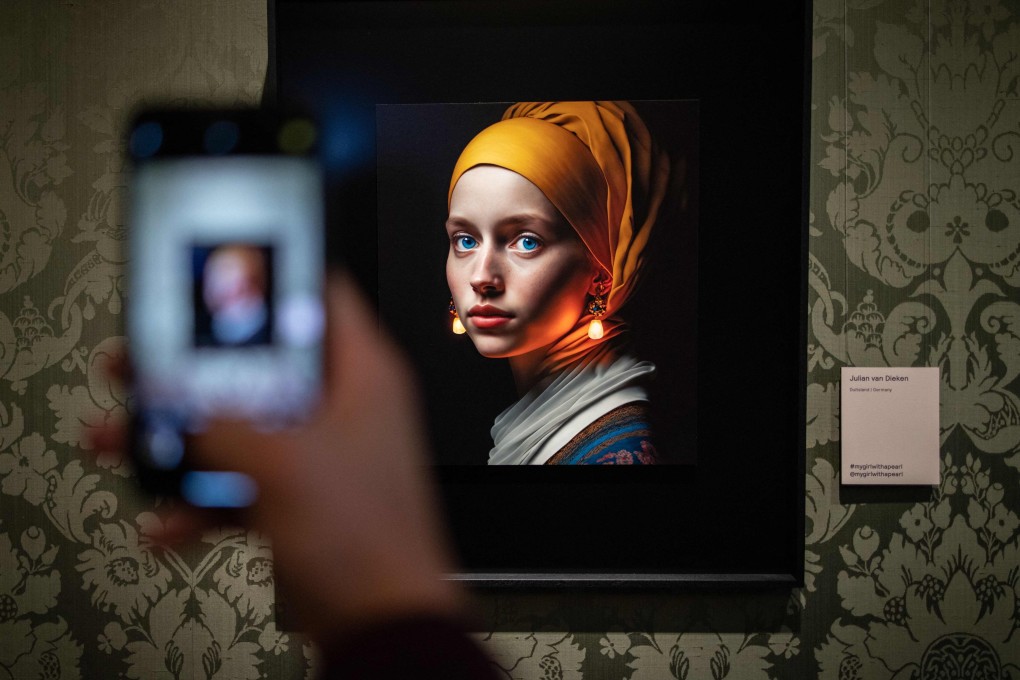AIGC takes centre stage at Alibaba’s annual design industry summit, as business leaders discuss fusion of art and tech
- The summit, which has both industry forums and art designer exhibitions, began in 2015 under the original name of Alibaba Design Ucan
- The application of AIGC to video, 3D and other areas ‘may explode in future’ said one speaker

U Design Week, an annual design industry summit held by Alibaba Group Holding, saw artificial intelligence-generated content (AIGC) take centre stage this year as global business executives discussed the fusion of tech and art at the four-day event which concluded on Sunday in Hangzhou, the e-commerce giant’s home city.
William Shen, vice president and general manager, APAC professional visualisation computing at Nvidia, the world’s most valuable chip maker, delivered a keynote speech on June 1 about how generative AI can be used to help content creators, developers and business leaders increase productivity.
“The whole industry has been conducting research based on Nvidia graphics processing units [GPUs],” Shen said in a sit-down interview with staff at the event, adding that while generative AI has “matured in terms of two-dimensional images”, the three-dimensional space is still developing rapidly.
The summit, which has both industry forums and art designer exhibitions, began in 2015 under the original name of Alibaba Design Ucan and was renamed as U Design Week in 2022. It brings together design leaders, business leaders and product operation experts from various parts of the world to discuss business innovations and industrial upgrades powered by design.
This year’s event, which marked the first summit since China’s strict pandemic control measures were lifted last December, was attended by more than 5,000 people, including over 100 industry veterans from globally-renowned companies such as Nvidia and Microsoft, the backer of ChatGPT- developer OpenAI.
Shen highlighted Nvidia’s Omniverse, a real-time 3D graphics collaboration platform that can coordinate various design software and be easily integrated with generative AI to create content, such as short video.
“People may have some anxiety about generative AI, but it’s really not necessary,” said Shen. “The question everyone has to think about is, what should we do after we have these things? How to combine the industry on the basis of generative AI, connect with professional software in the industry, and make a better product with productivity?”